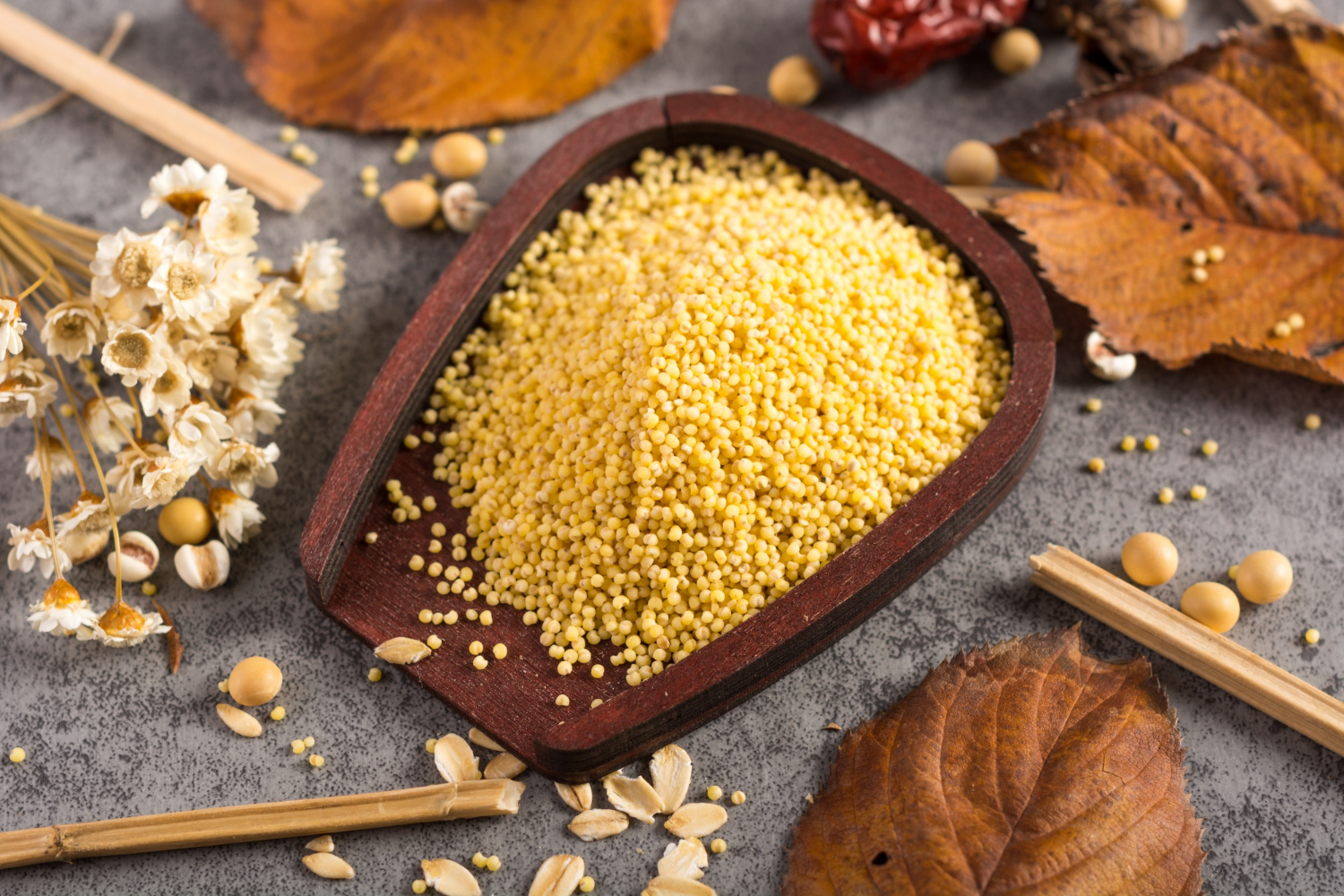We are talking about a highly nutritious millet with a cute name- Kodo millet.
Kodo millet has been grown worldwide for over 7000 years; owing to its highly nutritious nature; it requires significantly less water. According to Ayurveda, this millet brings lightness to the body and has therapeutic properties.
Before proceeding to the Nutrition and numerous Benefits of Kodo Millet, let’s see what it is called all around the country.

Commonly this is known as Kodo, Koda, and Arke millet.
- Hindi- Kodo Dhana
- Telugu- Arikalu or Arika
- Tamil and Malayalam – Varagu
- Gujurati, Marathi, Punjabi – Kodro
- Kannada- Harka
- Urdu- Kodon
- Sanskrit- Kodera
- Bengali – Kodo
It is Also known as ditch millet, Rice grass, and cow grass.
Nutritions in Kodo Millet
Kodo millet is a powerhouse of nutrients and is very beneficial for the body.
- Every 100 grams of Kodo millet that you consume provides:
- It has an 11 % protein content. (great for vegetarians who consume high protein diets)
- It has 10 grams of fiber, 66.6 g of carbohydrates, and around 4 g of fat.
- It has numerous vitamins, niacin, Folic acid, B6, and minerals such as magnesium, zinc, potassium, iron, phosphorus, and calcium.
- Go to millet is also very rich in antioxidant content.
Benefits of Kodo Millet
Aids in Weight loss
Kodo millet helps in losing weight as it facilitates metabolic activity. It is also a great alternative to white rice if you want to avoid having it.
Helps in controlling sugar
Kodu millet is a low GI food that releases glucose slowly in the blood, helping control sugar levels. Kodo millet is a superfood for people with diabetes.
Gluten-free
Kodo millet is gluten-free, thus being an excellent alternative for rice and wheat for people following a gluten-free diet, gluten intolerant people, or people having celiac disease.
Great for heart health
Kodo millets are a rich source of magnesium which is very good for the heart. It helps in reducing blood pressure and keep your BP levels in check.
High Dietary Fiber
The fiber content In Kodo millets helps ease constipation and bloating and keeps you full for longer hours, keeping your cravings in check.
Heals wounds quickly
Kodo millet is known to heal wounds and provide pain relief. Apply Kodo millet paste (Kodo millet flour and water) on wounded areas and knee or joint pain for fast relief. It is also known to accelerate the healing process.
Also read: Is Maggi Good For Health?
Kodo Millet Price
Depending on the brand, you can buy 1kg Kodo millets anywhere between Rs145 to Rs190. You can quickly get them from your nearby grocery store or buy them online.
Recipe Time
We have a chatpata (Spicy and Tangy) recipe for you using Kodo millets, and you are eating healthy with great taste.

Kodo Millets Healthy Pulao
- Before prepping Kodo millet pulao, rinse and soak a cup of millet for 15-20 minutes.
- Take a kadhai, add 2-3 cups of water and bring it to boil; as you see boils, add the soaked Kodo millet and a spoon of ghee, and stir it.
- Cook till you see the millets are soft, take some millets in your hand, and mash and check the softness.
- Take a pan, add a tablespoon of ghee and some jeera(cumin seeds) and saunf(fennel seeds), stir, and cook till it starts spluttering.
- Now add half-grated ginger, one chopped chili if you like your recipe spicy, one chopped onion, and some chopped garlic; stir, and cook for 1-2 minutes.
- Add chopped beans, one chopped carrot, one capsicum, and chopped spring onion.
- Add salt as per taste and stir well; sauté the veggies until they soften; you can cover and cook them for a few minutes.
- Add the boiled millet to the veggies and stir with a light hand to combine all the ingredients.
- Garnish with some chopped spring onion!
Serve hot!
You can have This pulao just like this or with green chutney.
Kodo millets are highly nutritious and have many benefits for the body. You can include this in your diet with rice for added benefits or have it as an alternative if you don’t consume white rice.
